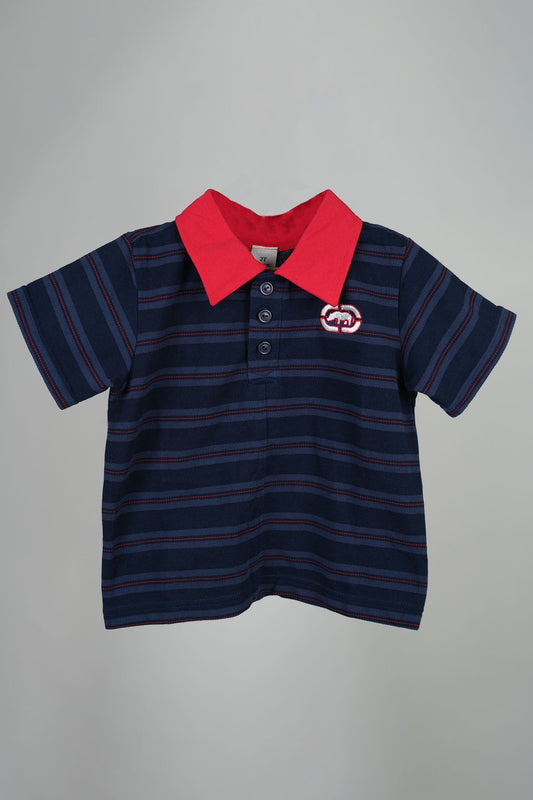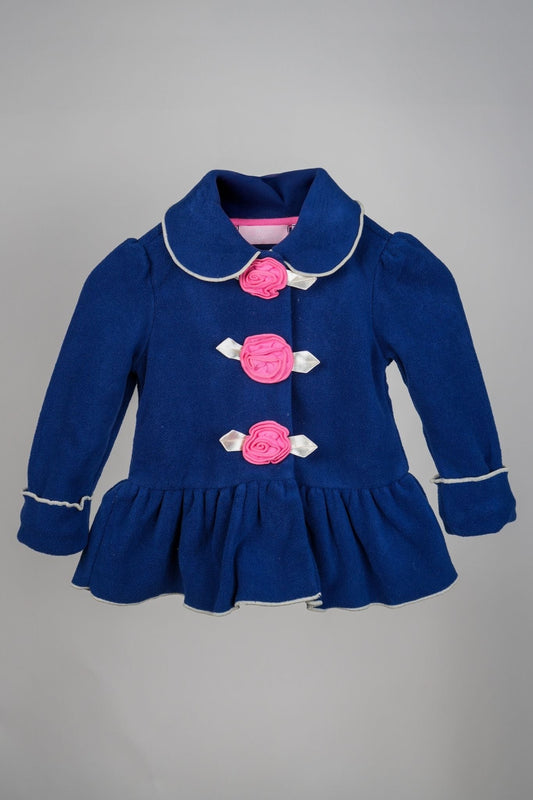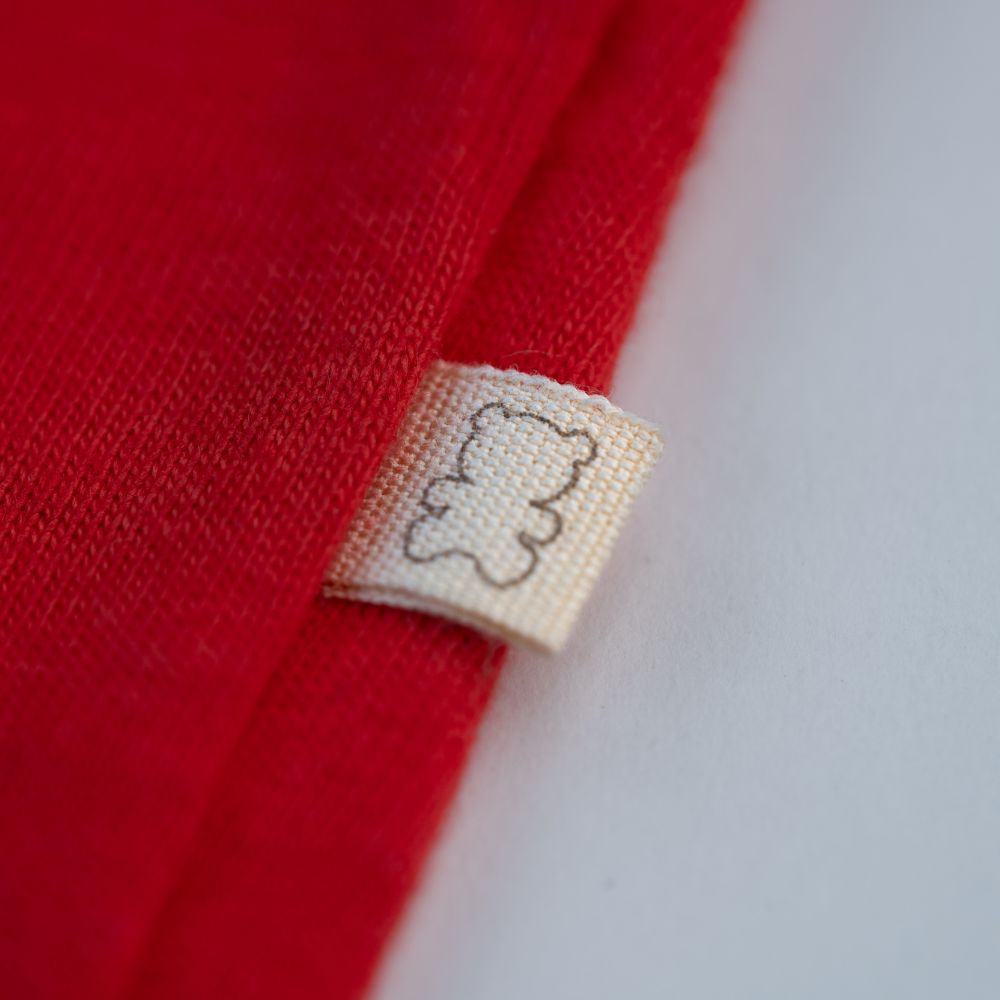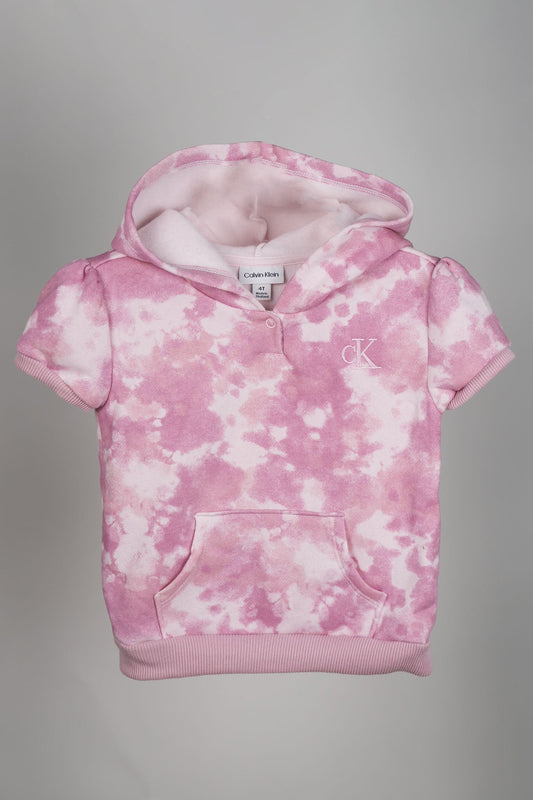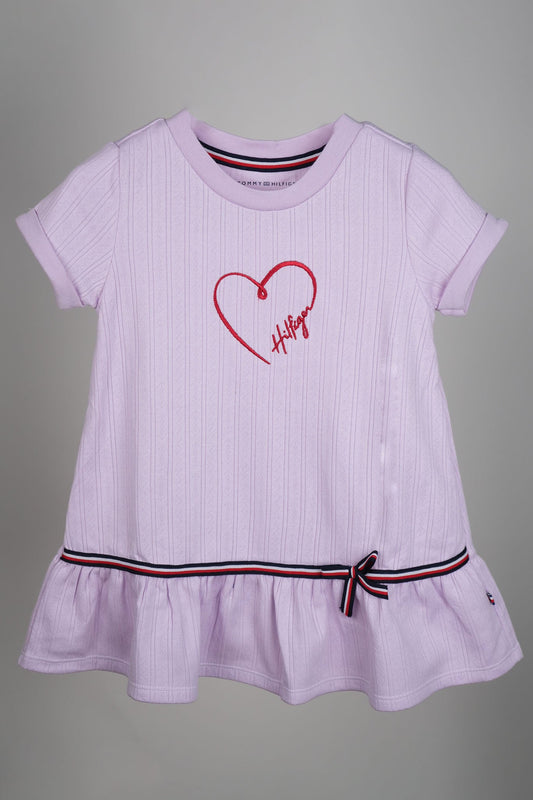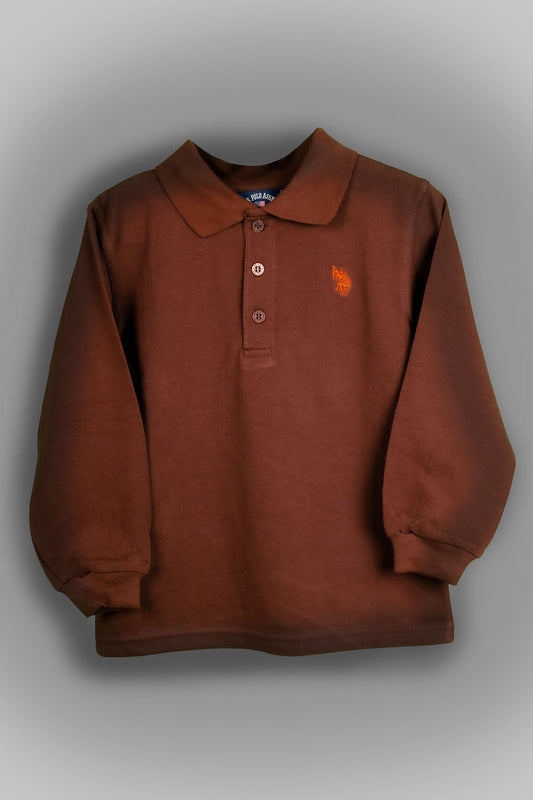How to Teach Your Kids About Sustainability Through Fashion Choices
In today’s world, teaching children about sustainability is no longer optional—it’s essential. One effective way to instill eco-conscious values in kids is through their fashion choices. By introducing them to sustainable fashion practices, parents can help their children understand the importance of protecting the environment while encouraging thoughtful consumption. Here’s how you can make sustainability a key lesson through everyday clothing decisions.
1. Start with the Basics: Explain Sustainability to Children in Simple Terms
Before diving into sustainable fashion, it’s important to explain to your kids what sustainability means. Use age-appropriate language to describe how making mindful choices can protect the planet. For instance:
-
Simple Definition: “Sustainability means taking care of the Earth so that it stays healthy for people, animals, and plants.”
-
Relatable Example: Connect sustainability to their clothing by explaining how certain clothes are made in ways that are kinder to the environment.
-
Visual Aids: Use stories, videos, or even cartoons that illustrate environmental care to make the concept engaging and easy to grasp.
To learn more about this, Click Here.
2. Choose Eco-Friendly Kids' Fabrics
Introduce your kids to clothing made from sustainable materials like organic cotton, bamboo, and recycled fabrics. Highlight the benefits with clear examples:
-
Organic Cotton: Explain that it uses less water and avoids harmful pesticides.
-
Recycled Fabrics: Mention how materials like plastic bottles are turned into usable clothing.
-
Skin Benefits: Share how eco-friendly fabrics are gentle and reduce skin irritations, especially for kids with sensitive skin.
Activity Idea: Take your child shopping and look for tags like “eco-friendly” or “organic.” Involve them in selecting items and discuss why these choices matter. This hands-on experience builds awareness and excitement.
3. Emphasize Quality Over Quantity
Teach your kids the value of buying fewer, high-quality items instead of lots of cheaply made ones. Discuss why this approach is beneficial:
-
Durability: High-quality clothes last longer, reducing the need for replacements.
-
Environmental Impact: Fewer clothes mean less waste and less pollution.
-
Mindful Habits: Encourage caring for clothes by folding them neatly and handling them gently.
Tip for Parents: Show examples of how a well-maintained shirt or dress can last for years, becoming a story to share with your child.
4. Encourage Hand-Me-Downs and Second-Hand Shopping
Hand-me-downs and second-hand clothes are practical and sustainable options. Share these benefits:
-
Cost-Effective: Save money while reducing waste.
-
Unique Finds: Discover one-of-a-kind pieces that make fashion fun.
-
Environmental Benefits: Explain how reusing clothes reduces landfill waste.
Fun Activity: Turn second-hand shopping into a treasure hunt. Challenge your kids to find a cool or unique item while sharing the importance of reusing resources.
5. Get Creative with Upcycling
Upcycling is a fantastic way to teach kids creativity and sustainability. Show them how to:
-
Repurpose Old Clothes: Transform a worn-out shirt into a tote bag or turn jeans into shorts.
-
Decorate: Use patches, embroidery, or fabric paint to revamp clothing.
-
Save Resources: Emphasize how upcycling reduces waste and gives items a new life.
DIY Workshop Idea: Organize a weekend craft session to upcycle clothes together. Not only is it eco-friendly, but it’s also a fun bonding experience. To download "Old Clothes Fashion Upcycled Activity Pack" , Click Here.
6. Share Stories About Ethical Fashion Brands
Introduce your kids to brands that prioritize ethical practices. Explain:
-
Fair Wages: Some companies ensure workers are paid fairly.
-
Eco-Friendly Production: Highlight brands that use less water and avoid harmful chemicals.
-
Certifications: Teach them to recognize labels like GOTS (Global Organic Textile Standard) or Fair Trade.
Interactive Idea: Show a video or story about how buying from ethical brands helps support workers and the planet.
7. Discuss the Importance of Recycling Clothes
Clothing recycling is a critical aspect of sustainability. Teach your kids by:
-
Explaining Recycling: Discuss how old clothes can be turned into new materials.
-
Demonstrating Donation: Take them to a donation center to show how clothes can help others.
-
Recycling Programs: Participate in textile recycling initiatives together.
Visual Aid: Use before-and-after images of recycled materials to illustrate how clothes transform into new products.
To teach kids more about Recycling, Reusing and Reducing. Watch this useful Youtube Video.
8. Lead by Example
Children learn by observing. Be a role model by:
-
Practicing Sustainability: Wear sustainable clothes and avoid overbuying.
-
Reusing and Repairing: Show how you mend clothes or repurpose items.
-
Sharing Stories: Talk about why you prioritize sustainable fashion in your own life.
Parental Tip: Let your kids help with small tasks, like patching a hole or sorting clothes for donation, to actively involve them.
9. Make It Fun and Rewarding
Learning about sustainability doesn’t have to be serious. Create activities to keep it engaging:
-
DIY Clothes Workshop: Organize a craft day to upcycle old outfits.
-
Swap Parties: Host a gathering where kids exchange clothes with friends.
-
Incentives: Reward them for sustainable actions, like donating clothes or caring for their belongings.
10. Celebrate the Impact of Their Choices
Help your kids see the results of their efforts. Share:
-
Positive Effects: How their choices reduce pollution and conserve resources.
-
Success Stories: Highlight examples of people or communities benefiting from sustainable practices.
-
Small Wins Matter: Reinforce that even little actions make a big difference over time.
Interactive Idea: Create a “sustainability tracker” to mark their achievements, like donating clothes or choosing eco-friendly items.
Conclusion: Building a Sustainable Future Together
Teaching your kids about sustainability through fashion is more than a lesson in clothing—it’s a way to nurture their sense of responsibility toward the environment. By making thoughtful choices, they can contribute to a healthier planet while developing lifelong habits of mindfulness and care. At Mixmax, we’re committed to supporting your journey with eco-friendly and sustainable kids’ clothing. Explore our collection and join us in creating a brighter, greener future for the next generation.
